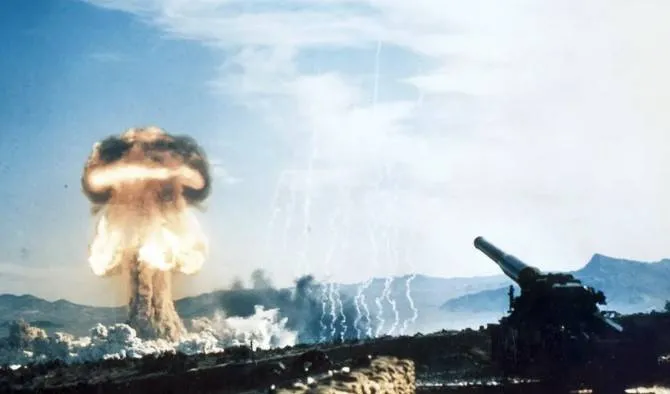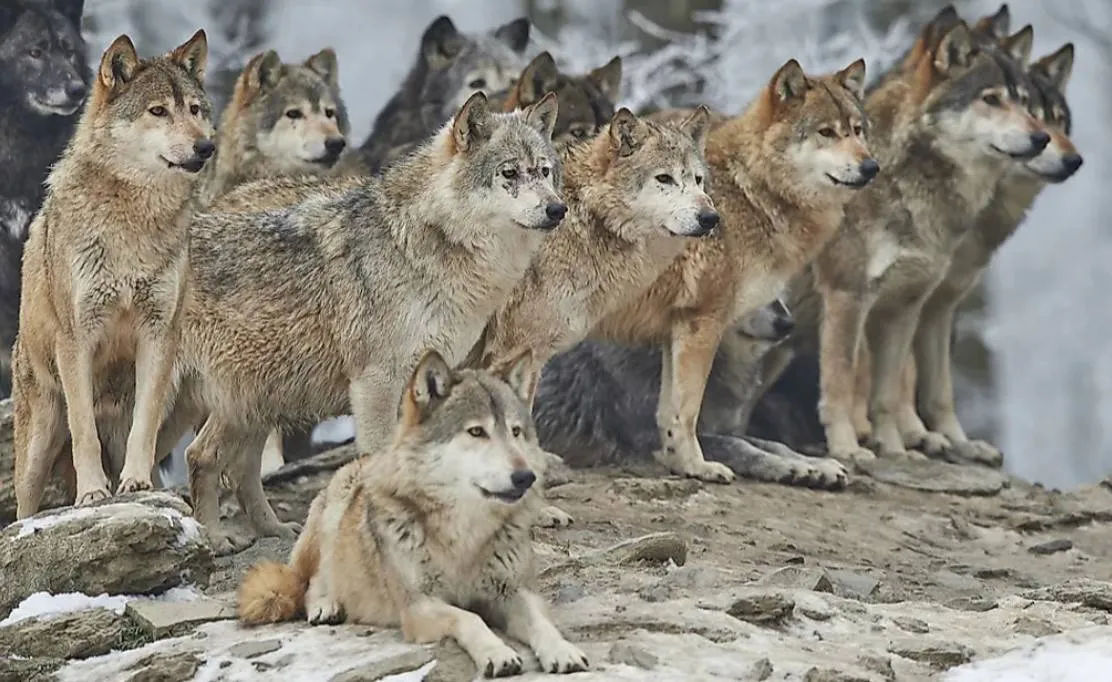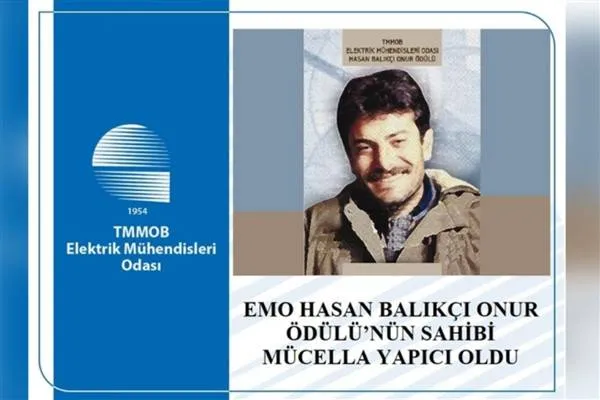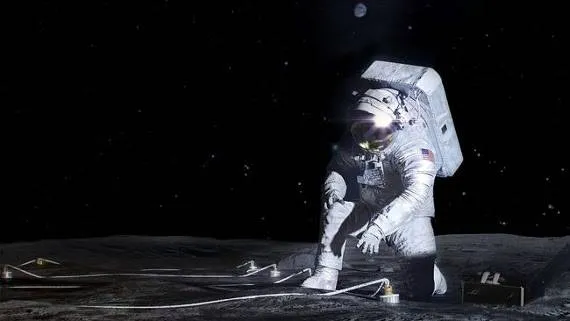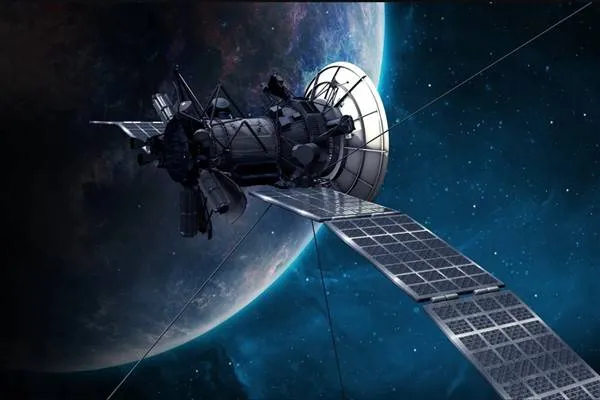Global spending on nuclear weapons increased by 13 percent
Stockholm, June 17 (Hibya) - Global spending on nuclear weapons is projected to increase by 13 percent to $91.4 billion in 2023, according to calculations by the pressure group International Campaign to Abolish Nuclear Weapons (Ican).
The new total, up $10.7 billion from the previous year, is largely due to sharply higher defence budgets in the United States during a period of broader geopolitical uncertainty caused by Russia's invasion of Ukraine and the Israel-Hamas war.
The world's nine nuclear-armed countries are also spending more, Ican said, adding that China is the second biggest spender with a budget of $11.9 billion. Still, Beijing's total budget is well below the $51.5 billion attributed to the United States.
Russia is the third largest spender at $8.3 billion, followed by the UK ($8.1 billion) and France ($6.1 billion). Still, estimates for authoritarian states or the three countries with undeclared nuclear programs (India, Pakistan and Israel) are complicated by a lack of transparency.
Study co-author Susy Snyder warned that nuclear states are "on track to spend $100 billion a year on nuclear weapons", arguing that this money could instead be used for environmental and social programs.
"These billions could be used to combat climate change and save the animals and plants that sustain life on Earth from extinction, not to mention improving health and education services worldwide," Snyder said.
In the five years since Ican began its research, spending on nuclear weapons has increased by 34 percent, or $23.2 billion. The United States' spending has increased by 45 percent, Britain's by 43 percent, and on current trends will exceed $100 billion by 2024.
Russian President Vladimir Putin has repeatedly referred to his country's nuclear arsenal to warn the West of a direct military intervention in Ukraine since launching the large-scale invasion in February 2022. Russia also began a series of exercises simulating the use of tactical nuclear weapons near the Ukrainian border in May.
Other data compiled by the Stockholm International Peace Research Institute (Sipri) shows that the number of active nuclear warheads is also slightly higher at 9,585, largely due to China increasing its arsenal from 410 to 500.
The largest nuclear states continue to be the United States and Russia, which possess nearly 90 percent of all warheads, as they have since the 1950s. The researchers added that Russia has 4,380 deployed or stored nuclear warheads, compared to 3,708 for the United States.
"Russia is estimated to have deployed about 36 more warheads with operational forces compared to January 2023," the Sipri researchers said, adding that despite public statements by Putin and Belarusian President Alexander Lukashenko, there is no conclusive evidence that Moscow has deployed any nuclear missiles to Belarus.
Britain's nuclear arsenal is estimated to be unchanged at 225 (as France's is at 290). Still, Britain said three years ago that it would increase the limit on the number of warheads it wanted to stockpile to 260 Trident warheads to counter perceived threats from Russia and China.
Wilfred Wan, director of Sipri's weapons of mass destruction program, said: "Not since the Cold War have we seen nuclear weapons play such an important role in international relations."
He compared the number of deployed warheads to a joint declaration signed by the US, UK, France, China and Russia in 2022. Building on earlier statements, the five countries declared that "a nuclear war cannot be won and must never be fought."
Albania News Agency

